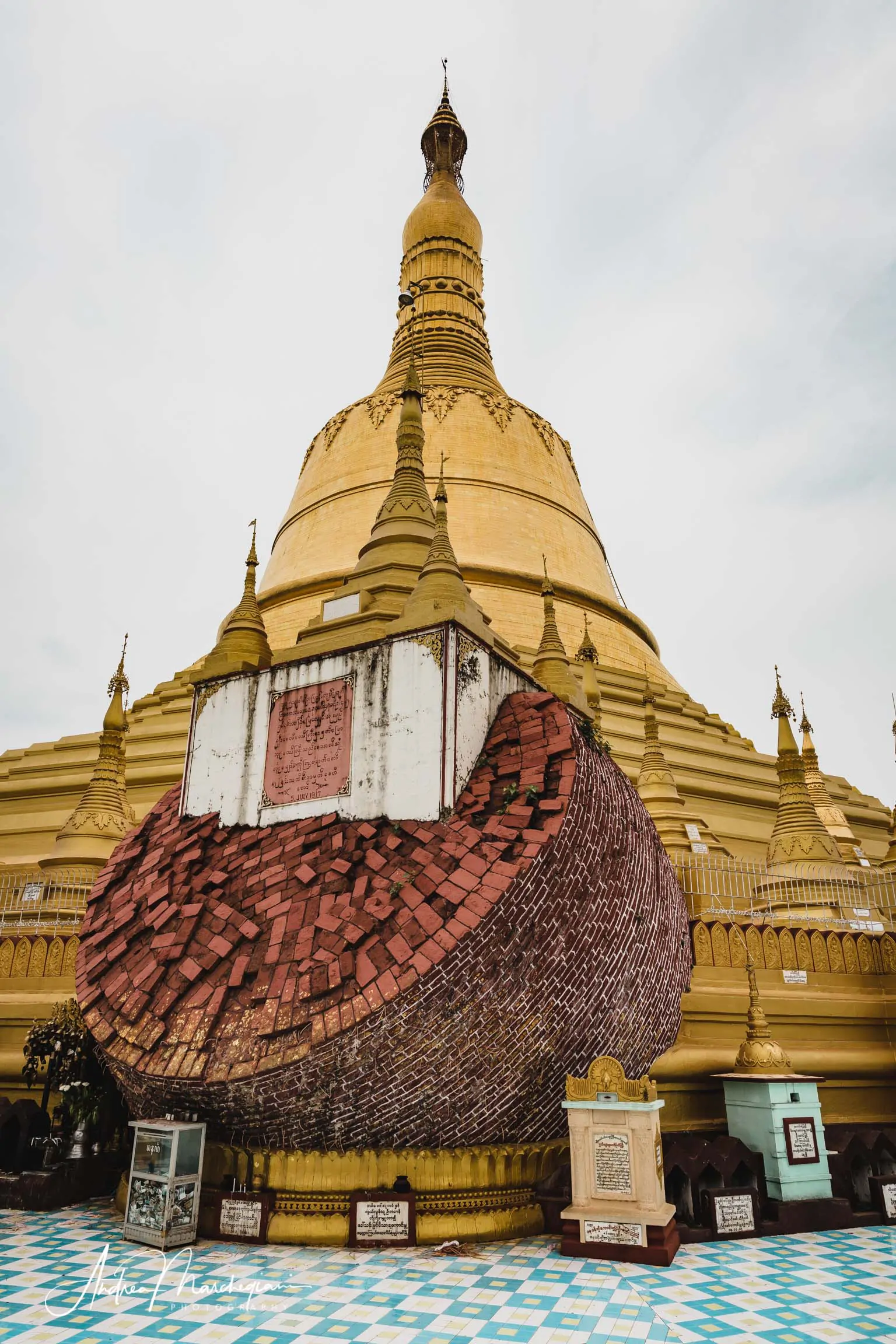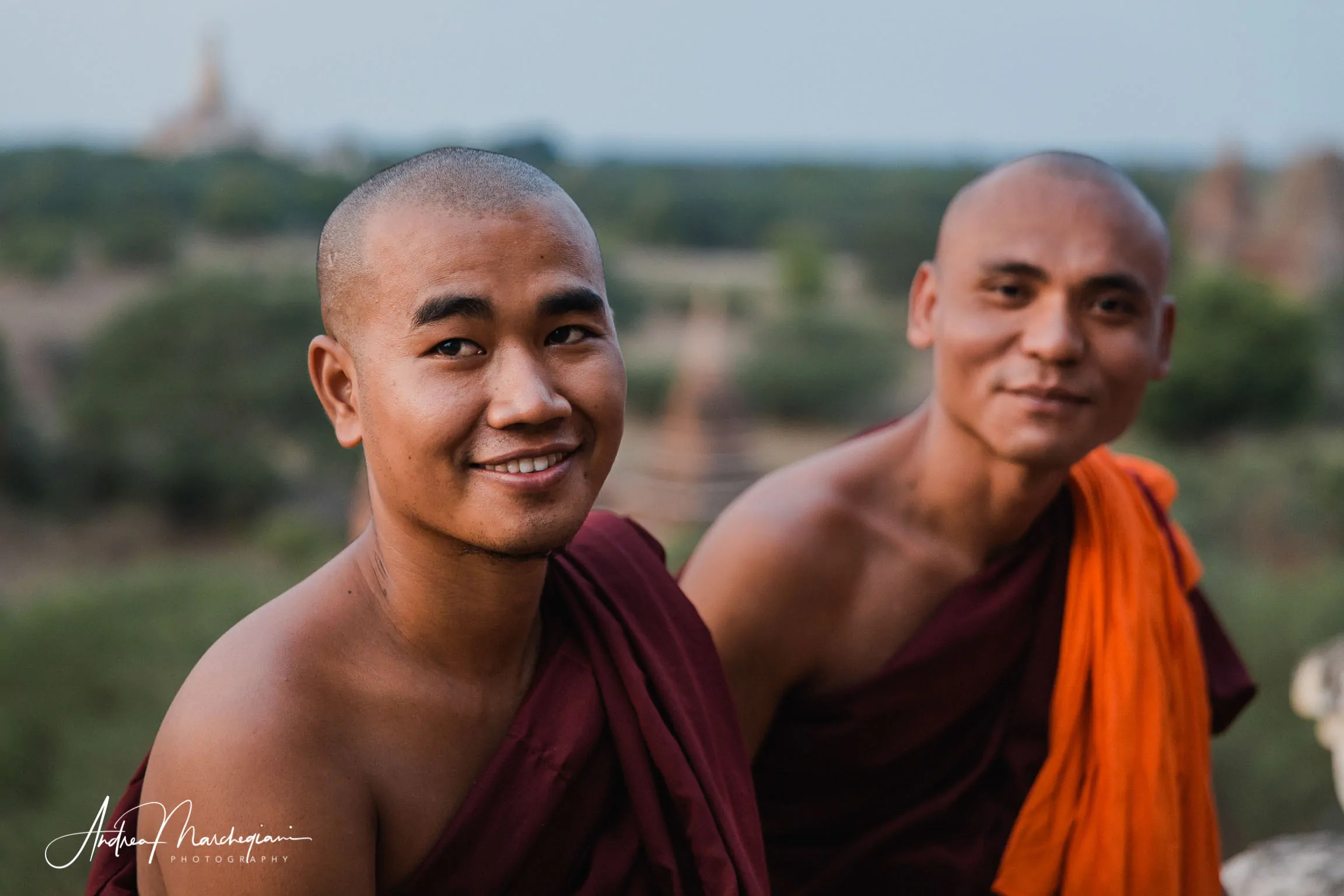
- Home
- Photo Galleries
- Portrait Photography
- Landscape Photography
- Street Photography
- China
- Ethiopia
- India
- Holy Ganges
- Varanasi
- Varanasi Ganga Aarti
- Varanasi, Manikarnika Ghat
- Varanasi Streets & Alleys
- Varanasi Demolition
- Varanasi Fruit Market
- Sarnath
- Brick Kilns
- Tamil Nadu, Chennai & Mamallapuram
- Tamil Nadu, Fort Tirumayam & Madurai
- Tamil Nadu, Tiruvannamalai & Thanjavur
- Kerala, Munnar
- Kerala, Peryiar
- Kerala, Backwaters
- Kerala, Kochi
- Kazakhstan
- Myanmar
- Senegal
- Uzbekistan
- Travel Blog
- China
- Ethiopia
- India
- Tamil Nadu & Kerala
- Varanasi
- Whato to do in Varanasi
- Varanasi Life along the Ghats
- Varanasi Death along the Ghats
- Varanasi Ganga Aarti Ceremony
- Varanasi demolished to honor Shiva
- Varanasi Fruit Market
- “Varanasi, A Journey into the Infinite”
- Sarnath
- All about River Ganges
- Holy Shit. All about Indian Cow Dung
- Clean India Project
- Brick factories
- Tilaka, pundra, bindi: what is the mark on Indian foreheads?
- Kazakhstan
- Mongolia
- Ulaanbaatar, the coldest capital in the world
- What to do in Ulaanbaatar
- Chinggis Khan Museum, 6 floors of Mongolian history
- Gorkhi-Terelj National Park and Bodgkhan Natural Reserve
- Altai Mountains, Things to do in Olgii and Sagsai
- Living with the Eagle Hunters
- Sagsai Eagle Festival
- Navrus Festival
- Xöömej, Mongolian throat singing
- Mongolian Food
- Myanmar
- Senegal
- Uzbekistan
- Latest Posts
- Photography Blog
- About
- Prints
Every place seems to have a legendary past in Bago! Formerly the capital of Burma, built along Pegu’s riverbed, Bago has the highest stupa in Myanmar, the most gallant men and the most capricious women. Visit pagodas with gigantic Buddha statues and temples devoted to ancient pythons, you will spend a carefree day. Don’t miss the local market, where you can taste small birds on the spit and fried locusts, two typical Burmese street foods.
Share with your friends:

Bago is the last city I visit during my trip to Myanmar. I can spend just one day in the city so I let my guide Alessio make a selection of the best things to see.
Perhaps Bago is not one of Myanmar’s main tourist attractions, but I walk it melancholically, as I really don’t want to leave this beautiful country.
Every place seems to have a legendary past and it is a pleasure to listen to Alessio telling myths and legends with dreamy eyes!

The legend of Bago
Bago, or Pegu, is located 80 km from Yangon. Like Pagan, Mandalay, Ava and Amarapura, it was once the capital of the Burmese kingdom. Over the centuries, due to its location on the Pegu River, the city has maintained a strategic importance and was contested by several dynasties that exploited it for maritime trade. When the river diverted its course, the city became marginal.
Legend has it that Bago was founded in 573 A.D. by two Mon princes who saw, on an island placed in the middle of a lake, a female swan resting on the back of a male. They found the event auspicious.
The popular interpretation is much more romantic: the male swan supports the female and allows her to remarry on his back as a gesture of gallantry. Not surprisingly, the men of Bago are renowned throughout the country for their savoir-faire. If you ask them, however, they will tell you that it is better not to marry the women of Bago, because they make you mad trying to satisfy their thousand whims!

Shwemawdaw Paya
The first place I visit is Shwemawdaw Paya, which is the symbol of the city. According to a legend, the “great pagoda of the golden God” was built over a thousand years ago by mon monks to guard two hairs of Buddha.
It was initially only 23 meters high but it has been modified several times over the centuries so it now reaches 114 meters, standing out on the city skyline in a very characteristic way.
Like most Burmese buildings, the Shwemawdaw Paya survived several earthquakes and underwent numerous alterations. The Shwemawdaw Paya is the highest pagoda in all of Myanmar: its shimmering golden tip of the stupa in fact exceeds by 14 meters the Swedagon Paya of Yangon.

I access the pagoda walking along the large covered staircase at the entrance, where you can buy souvenirs from hundreds of stalls located on the sides. The whole complex is adorned with leafy trees pruned in such a way as to extend their crown and provide shade during the hottest hours of the day. The atmosphere is serene and relaxed, as in all Burmese religious buildings: it is really lovely to spend time there.
A small stupa, embedded in a brick structure, strikes my attention. Alessio explains that these are the remains of the hti razed to the ground by an earthquake in 1917. It symbolizes the extraordinary strength of atmospheric agents, capable of destroying with a single blow what man builds. Everything is temporary, nothing lasts: a central truth in Buddhist teachings.
Snake Pagoda
I have always been fascinated by the way the doctrine of Gautama Siddhartha, who does not conceive of the presence of God or supernatural spirits, mixed with local Hindu-style traditions. This combination originated popular beliefs, some of them so rich in mythology and fantastic elements they strongly conflict with the original creed.
Snake Pagoda offers a summa of these aspects. I arrive after a short bus ride to the outskirts of the city, where I am struck by some small villages that have risen near a landfill. The people who live here work on waste disposal, in very poor hygienic conditions.

The pagoda itself is not particularly interesting, except for the legend that surrounds it and that concerns the presence of a centuries-old python.
The first time the python arrived at the village, it was kindly returned to the forest; yet, the python came back again, and again, and again.
The inhabitants of the area realized that there was no way to drive it away and began to wonder why it chose to live with them.
They consulted an elderly fortune teller, able to talk to animals. The woman touched the python and fell into a trance. Upon awakening, she said she had a vision that could unravel the mystery hovering over the reptilian: the python was actually the reincarnation of a monk born in that village long before who wandered among the dwellings in an attempt to find his old home. A monastery was built in his honour and it is within the main pagoda that one can visit the animal.
Usually the python is free to move, but the moment I reach the Snake Pagoda I find it sleeping peacefully in a corner of the temple. The faithful leave notes as votive offerings, so do not be surprised to find the snake sleeping on a bed of money!


Reclining Buddha statue in Mya Tha Lyaung
There are several reclining Buddhas in Bago, but Alexio assures me that Mya Tha Lyaung is the most striking one. It is 82 meters long and it is exposed to the open air. There are no sheet metal structures to protect it from bad weather, as in fact I saw in Yangon – this makes the view of the gigantic statue much more attractive. The large head of Buddha stands out against the blue of the sky and its feet look like roots penetrating the surrounding vegetation. The statue was recently built in 2001 on a brick mound from the 15th century.


Kyaik Pun Pagoda
Kyaik Pun Pagoda is a religious building consisting of four 30-metre-high Buddha statues sitting with their backs to each other around a huge square pillar. Each of the statues, representing Gautama and three of his predecessors, is placed indicating one of the 4 cardinal points.
Legend has it there was a particular connection between the statues and four mon sisters: the statues would have collapsed if they ever got married. Such a big responsibility!

The structure was built in 1476 but one of the Buddhas collapsed in 1930 due to an earthquake so it was later rebuilt. At lunch time (which according to religious dictates takes place at 10:30) the monks gather here with the offerings they collected in the nearby villages: groups of faithful attend the scene, bringing them gifts and food.
The lunch rite is a fundamental moment of Buddhist practice and is particularly felt in Myanmar. I was able to assist it in Amarapura, it was an unforgettable experience.

Bago's market
My trip to Myanmar is coming to an end. I dedicate the last hours to visit the city market. In addition to the typical fried grasshoppers, the stands sell fish caught in the Pegu River, chicken, fruits and vegetables.
There are several shops selling cut flowers, which are very popular with local women. I’m struck by the cages full of little sparrows. People buy them and set them them, believing it to be auspicious. You can also find any type of street food, the weirdest type being roasted little birds. I do not understand if it is chicks or small birds adults… either way, there doesn’t seem to be much to eat!

As I walk through the stalls of the market, I realize that I never had to tighten my wallet in my pants to make sure I still had it in my pocket. I never met an aggressive look, no one ever approached me with a shady attitude. I bring home only kind smiles, bright eyes and lots, lots of beauty.























